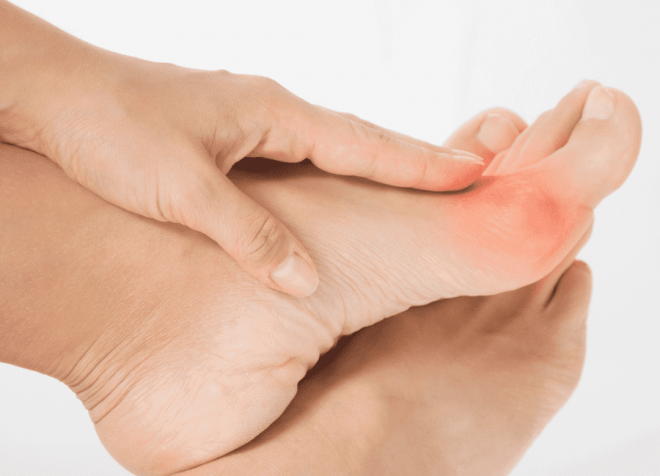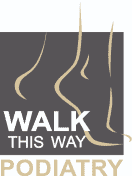Bunions
Bunions are a common foot condition that affects millions of people around the world. They are a deformity of the joint at the base of the big toe, which causes the toe to point towards the other toes and the joint to protrude outwards. This protrusion is known as the bunion, and it can cause a lot of pain and discomfort for people who suffer from the condition. The shift can also become so severe that the two toes overlap. As bunions worsen, they may hurt and get swollen or irritated and affect your toes’ mobility. They can also lead to other foot problems such as hammertoes, corns and chronic foot pain.
Unfortunately, you cannot stop a bunion from forming as they’re usually a genetic condition, meaning people who have a family history of bunions are more likely to develop them themselves. Bunions are also the result of a problem with the structure or anatomy of your foot. For example, if you have flat feet, low arches, loose joints or tendons or suffer from an unstable toe joint, you’re more likely to get bunions. The reason behind this is that they affect the foot joints’ natural ability to cushion and stabilise the foot when walking, resulting in an overload of the body weight on the foot bones abnormally and changing their alignment.
Bunions can also form due to a combination of genetic and environmental factors. In addition, wearing tight, narrow shoes or high heels can also increase the risk of developing bunions. These types of shoes put pressure on the toes and cause the bones in the foot to shift out of place over time.
As the bones in the foot shift, the joint at the base of the big toe becomes unstable and begins to protrude outwards. This causes the toe to point towards the other toes, which can make it difficult to walk or wear shoes comfortably. The skin over the bunion can become red, swollen, and painful, which can make it even harder to manage. Bunions can hurt because they put pressure on the joint at the base of the big toe. This pressure can cause inflammation, which leads to pain and swelling. In addition, as the bunion protrudes outwards, it can rub against the inside of shoes, which can cause blisters and corns to form. These can also be painful and make it even harder to wear shoes comfortably. Bunions can also cause pain in other parts of the foot, such as the ball of the foot, as the weight of the body shifts to compensate for the deformity. This can cause additional strain on the muscles and ligaments in the foot, which can lead to pain and discomfort. In some cases, bunions can cause leg pain. As the weight of the body shifts to compensate for the deformity, it can cause strain on the muscles and ligaments in the foot and leg, leading to pain and discomfort. Bunions can develop on one foot or both feet, depending on the individual. There are a number of reasons why someone might develop a bunion on one foot, including uneven weight distribution, injury or trauma to one foot, or a difference in the size or shape of the feet. For example, if someone has a leg length discrepancy, they may put more weight on one foot than the other, which can cause that foot to develop a bunion. Similarly, if someone has injured or traumatised one foot in the past, it may be more prone to developing a bunion than the other foot. There are a number of bunion correctors on the market that claim to help alleviate pain and correct the deformity of the bunion. Some of the most popular bunion correctors include toe separators, bunion splints, and bunion pads. Toe separators are designed to keep the toes aligned and prevent them from rubbing against each other, which can exacerbate the bunion. Bunion splints are worn at night and are designed to hold the toe in a straight position, which can help to gradually correct the deformity over time. Bunion pads are designed to cushion the bunion and reduce pressure on the affected area. It is important to note that while bunion correctors may be helpful for some people, they are not a cure for the condition. Unfortunately, bunions do not go away on their own. In fact, they tend to get worse over time if left untreated. Instead, bunions will typically get worse over time if they are left untreated. The bones in the foot will continue to shift out of place, causing the bunion to become larger and more painful. In addition, the skin over the bunion may become thicker and more calloused, making it even more difficult to wear shoes comfortably. Without proper intervention, the joint at the base of the big toe will continue to protrude outwards, causing the bunion to become larger and more painful. At Walk This Way Podiatry, we can help you minimise the development of bunions and manage any discomfort.







